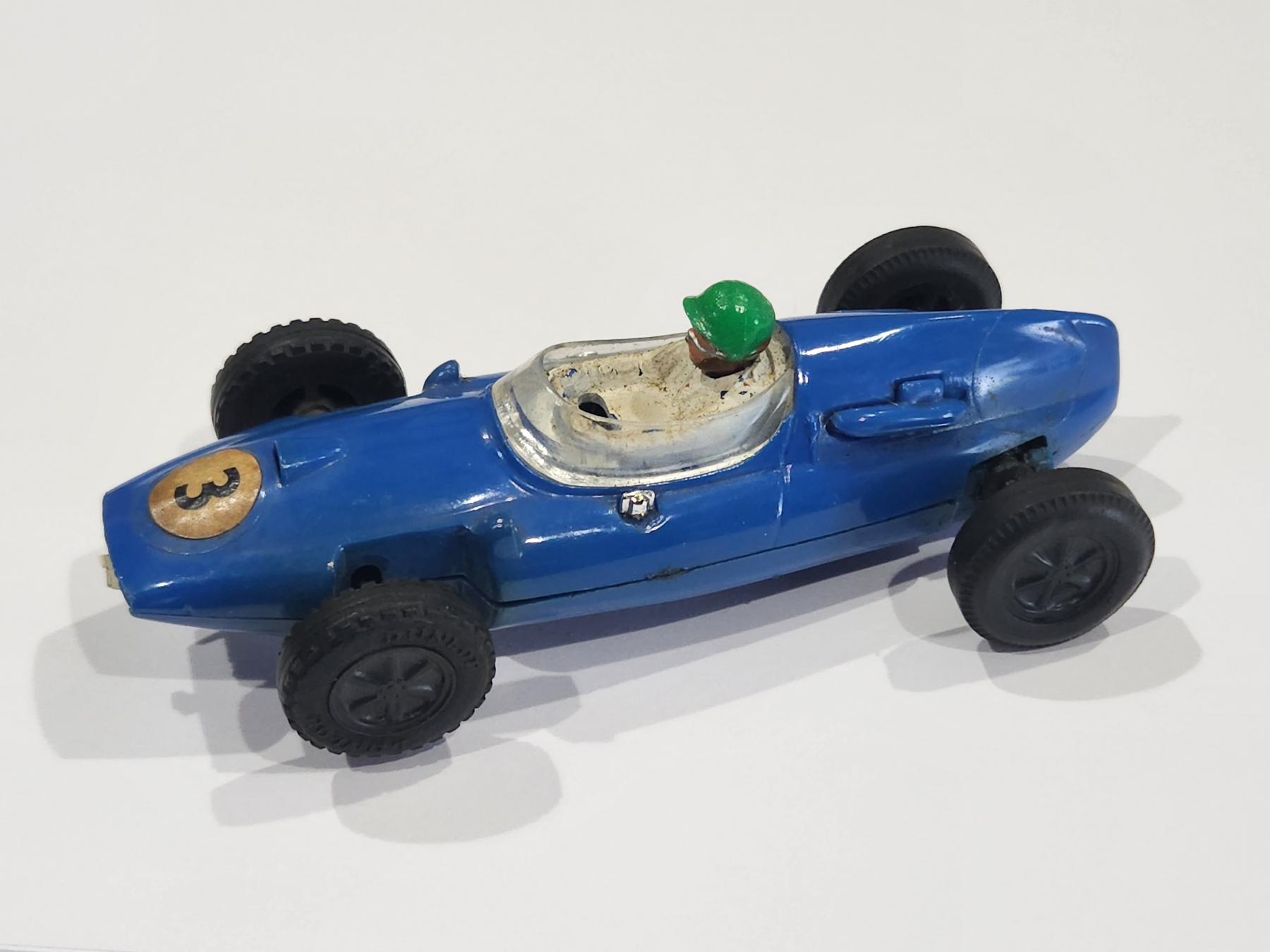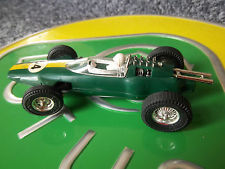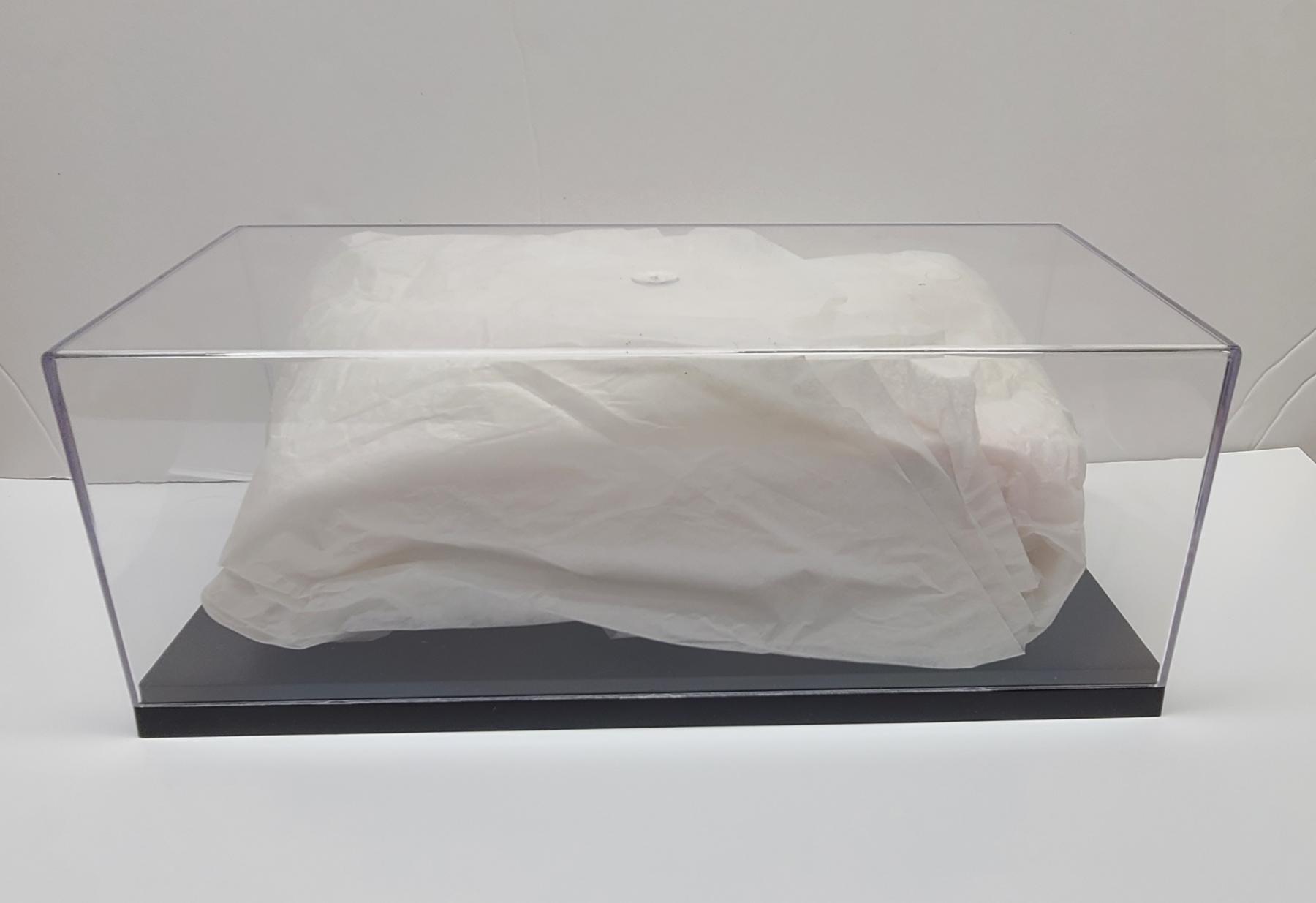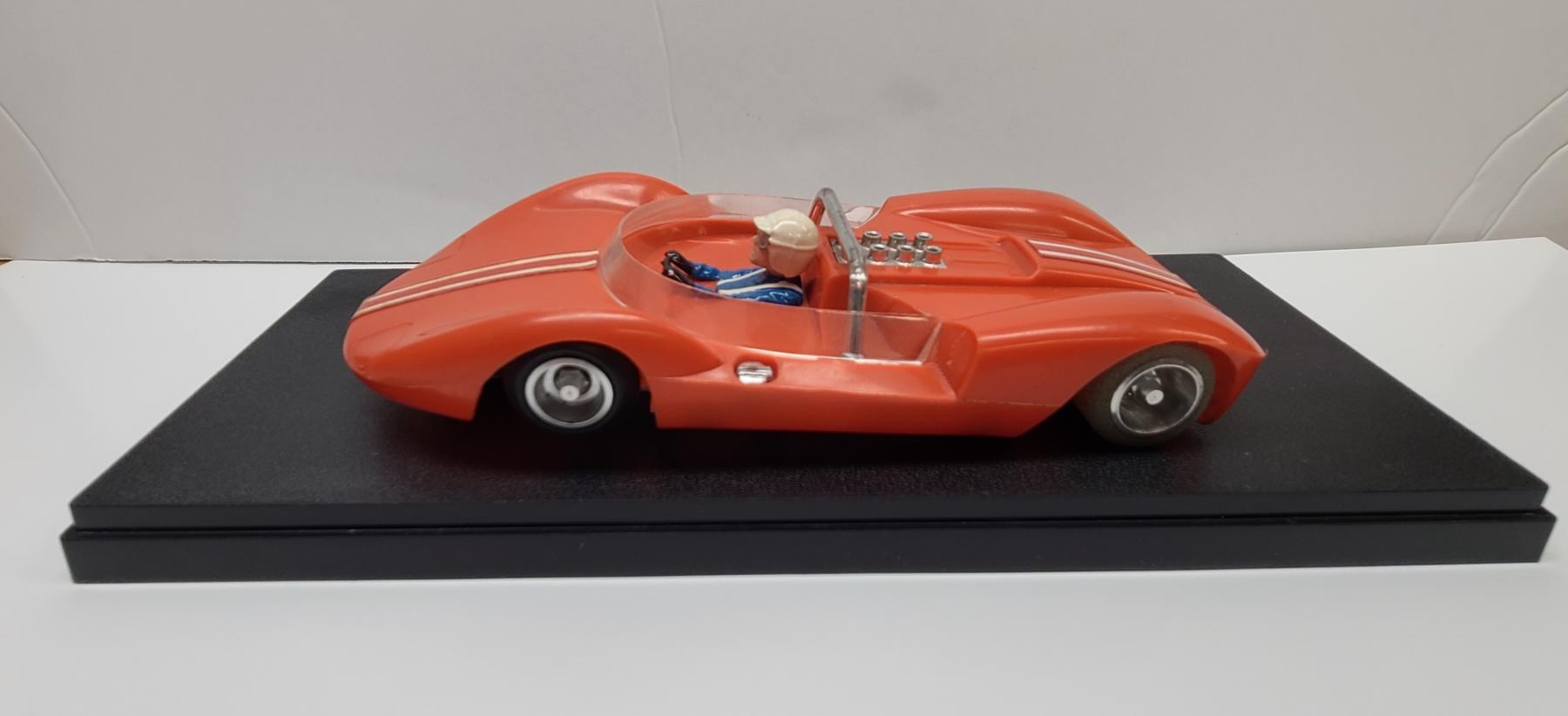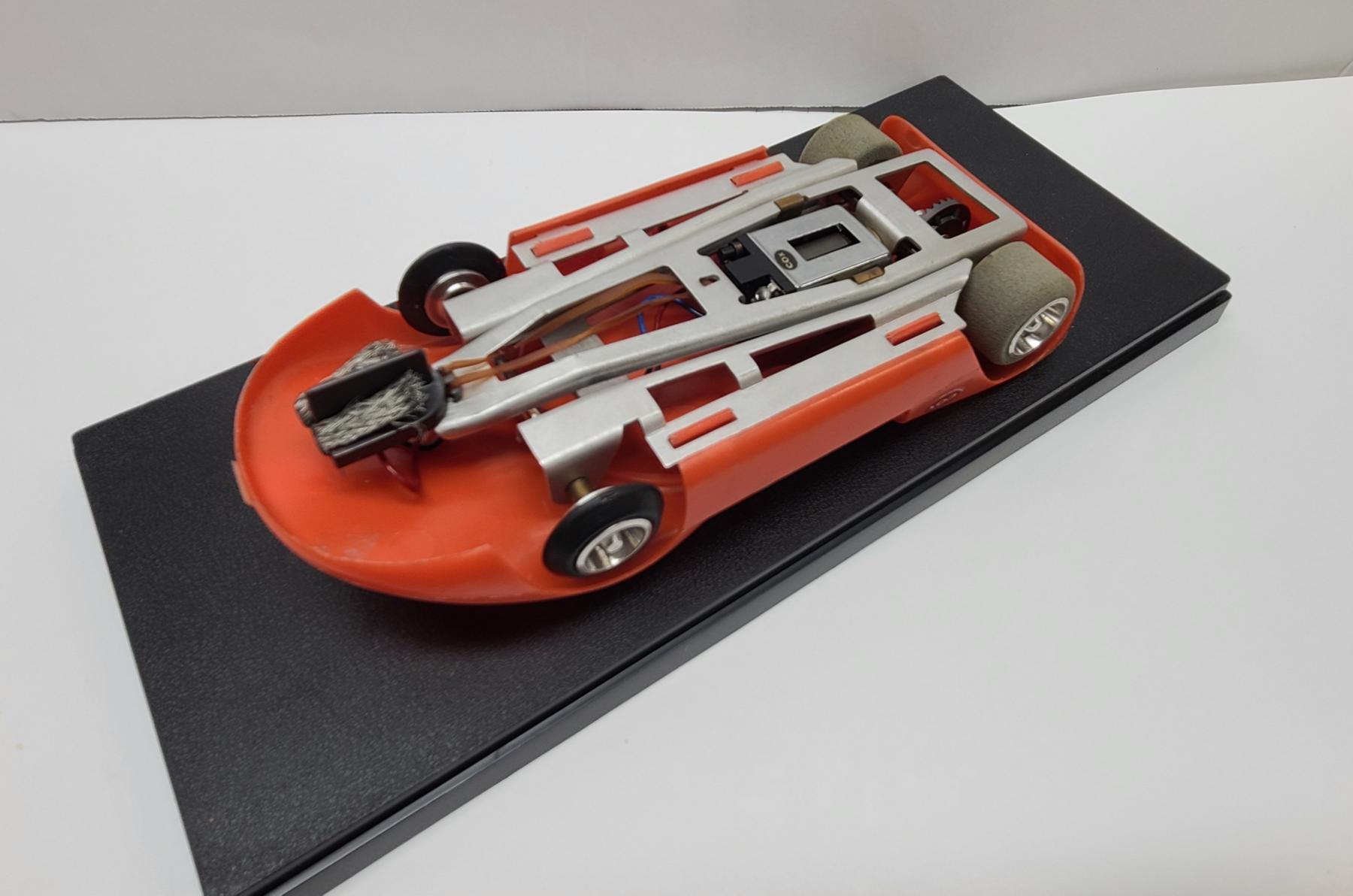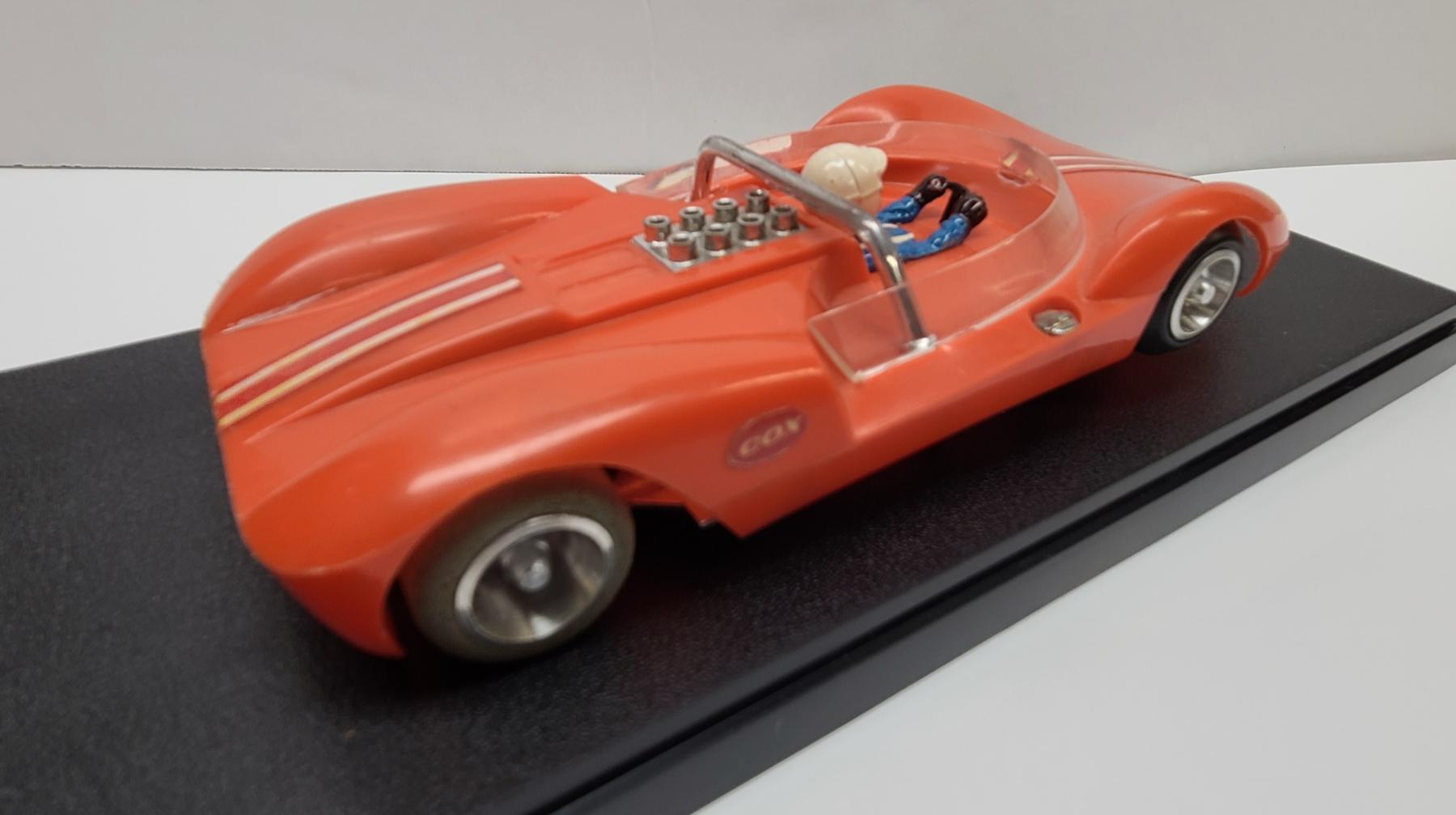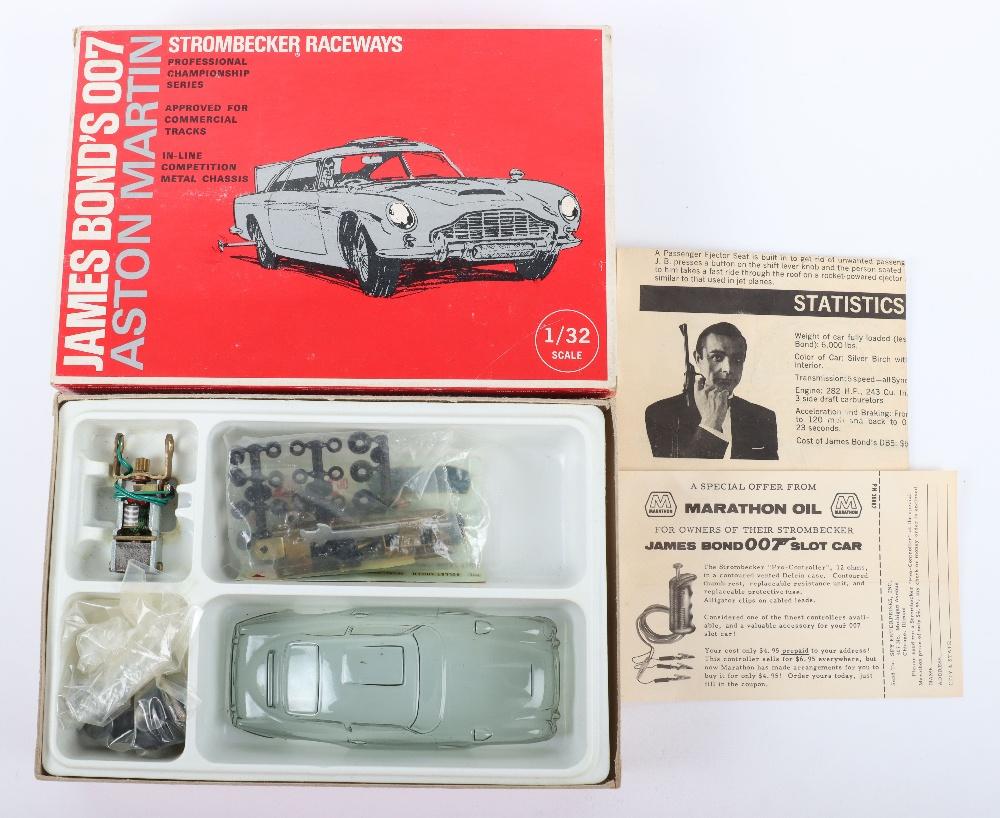Hi. My first slot car was the Cox GT40, which my dear old dad bought me at our local track, Fillmore Raceways,
in tiny Fillmore, California. 1965.
We had a good time, and I felt like I learned a lot, assembling the Ford. Cox Mk. 1 controller in hand, I headed back down to the raceway, to try it out on their Engleman. 1/2 hour in, I could tell that the beautiful Ford was tippy and slidey, compared with almost everything else on the adjacent lanes. I was a little heartbroken, and felt equally bad for my old man, who'd put good time into the build. He was a hotrodder, and, at that point, the Ford Dealer in town. He knew and loved cars, and he didn't want to be involved in us being outclassed.
The man who ran the service (or parts?) dept. for the dealership, Fillmore Motors Ford, was Don Barlow. Don also happened to be one of the top slot car racers in the county, and in So. California, for that matter. He traveled regularly to more than dozen raceways, in LA, San Diego, Bakersfield, and beyond. Don had two, big wooden race boxes full of cars on which he'd lavished attention. And that had won him his share of races.
Dad asked Don if he'd build me a competitive racecar, but the job went to the person Don considered the best builder in our area, and his No. 1 competitor, Mr. "Rosie" Rozelle. Rosie showed us his current racecar design, a reengineering of a Classic Mantaray, and had me drive, to see if I would be able to handle it. In a very few laps, I could see what the experience ought to be like, and I was in the neighborhood of on his own lap times by the end of 1/2 hour. I vividly remember not wanting to hand the car back.
Two, very long weeks later, Dad brought the Rosie machine home. I'd handled a Mantaray, knew what that was. Here's what we now had...
The Classic chassis had been notched across the rails from side to side, and bent toward the track, to lower the center of gravity.
There was lead on the drop arm, and a little on the outriggers. The front end now turned independently, and the front tires were noticeably smaller in diameter. At the back, an aluminum spur gear engaged a steel pinion. The rear tires were now blue-grey foam, wider, but smaller in diameter, than the ones they'd replaced. The car sat much lower, and had a heft beyond what the stock Classic car presented. The rear axle ran in the most exotic part seen yet: ball bearings!
The 36D motor was transformed, beyond anything I could have imagined. I only understood later all that had gone into it. Rosie was building motors for a number of area racers, and he was chary with the details. But, in time, I better understood what I had.
a rewound, epoxied and balanced armature, which ran in ball bearings; magnets that had been matched and shimmed in; heavier motor springs. And, to finish it all off, a metallic pastel motor can.
The body was a Lancer or Revell Lola T-70 spyder, mounted as low as possible, and sprayed in a Pactra metalic light blue paint that gave the illusion of having depth! It was a nod to the Foyt and Mecom Lola liveries I had seen at Riverside. The driver was beautifully turned out.
We were down to the track the next day, Dad patiently watching and marshaling for me. He had a business to lead, but he made time that afternoon.
The Rosiemobile was smooth, planted, predictable, and fast as hell. I was in heaven. I think my dad was feeling pretty good himself !
I entered two or three races at Fillmore Raceways, and in my last I came top-five, running with everyone, including Don Barlow and Rosie, I believe.
And then the raceway closed. Don and Rosie continued to travel to races, but we had lost our local connection. Dad and I did a couple of races in Santa Paula, a few miles down the road. But mostly that car, and the cars that followed it, were in the Fairlane when we traveled as a family. I'd research the local Yellow Pages, find the track(s) in the locale visited, and off we'd go for a couple of hours, while my mom and sister would go do things that specifically interested them.
Dad continued as my wrench, even after we moved across the country to Detroit so that he could rise in Ford corporate. "Jail door" type cars were the last we did together, and then he took on the weekend restoration of a 1:1 1932 Ford Tudor. Which I helped with, naturally. But that was the end of our slot car team days.
The area raceways kept closing, but I was incredibly lucky to find an HO slot car club in Westland, a couple of suburbs over from our home in Dearborn. And that's a story for another time.













